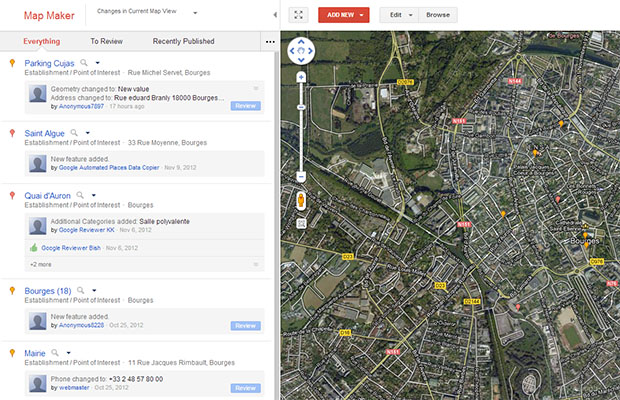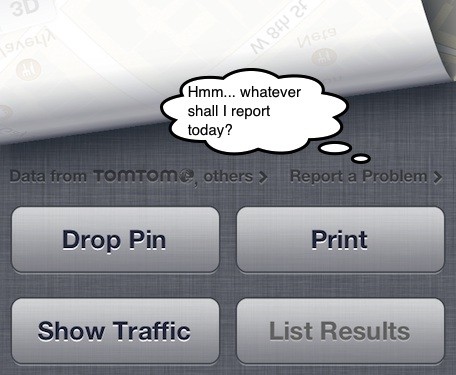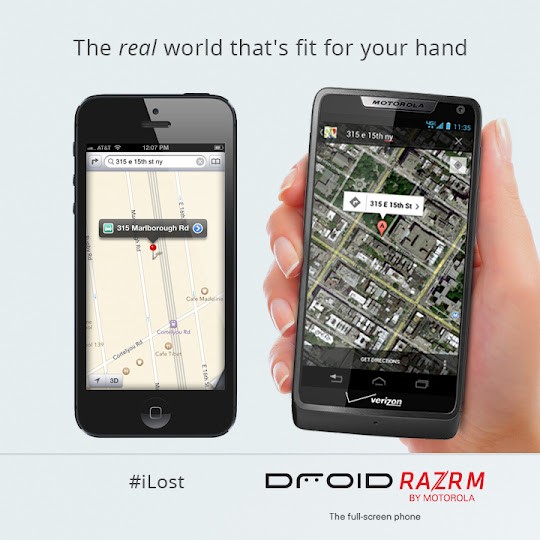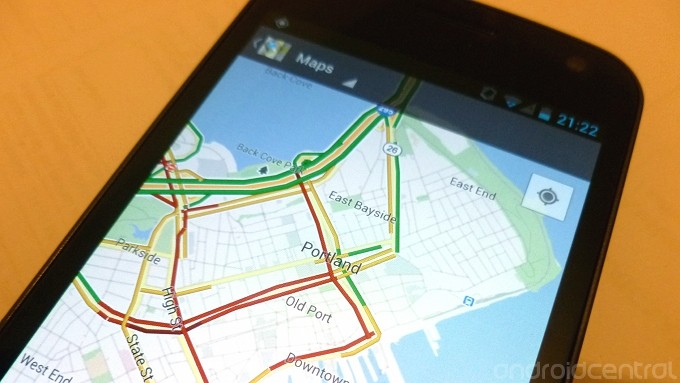Which one is better, Google Maps or Apple Maps? This is an important question for people looking to upgrade to a smartphone. Both the Android and iPhone offer GPS software, but each type offers its own strengths and weaknesses.
Let’s take a look at the pros and cons of each.
Apple Maps
Apple has a history of winning over buyers with their products, creating a loyal pool of customers who camp on sidewalks and wait in hours-long queues for each new item that the company releases. Apple devices are nice, no question about that. However, Apple may have dropped the ball with Apple Maps.
The newest version of Apple Maps that comes with the iPhone 5 has been identified by users as having numerous flaws with both the interface and the information it offers. The program has identified points of interest in the wrong locations, has labeled walkways and bike paths as driving routes, and has given outright false directions. It also only provides directions in text, but does not provide verbal directions, which is difficult for people who use Apple Maps while they are driving. Finally, it provides no information about public transport.
The problems were so widespread that Apple CEO issued a public apology and promised to fix the bugs, but also suggested that users download apps from competitors, including HopStop, Map Quest, and Google Maps.
Google Maps
Since the CEO of Apple is recommending Google Maps, what’s so great about it?
Basically, it excels wherever Apple falls short. Google Maps provides audio directions and gives the correct labels for landmarks and street addresses. It also allows users to get the most current information about public transport as well as the best routes for bikes.
Locations stored within the program tend to be more accurate because Google allows feedback from users and then makes the appropriate adjustments, thereby securing the most current data. Google Maps has been around longer than Apple Maps and therefore has had more time to work out the kinks. Many of the features in Google Maps were available before the release of the iPhone 5, such as routing for urban public transport, which has been available since 2011.
Therefore it is clear that the technology has been available for a long time from Google, but Apple has failed to keep up. Though the new iPhone might look snazzy, you can get a better quality product from Android with a smaller price tag.
Apple has declared itself committed to fixing its navigation app, but until then, you’d be better off to sell iphone and get an Android with Google Maps, or if you have decided to keep your iPhone, download Google Maps from the App Store.
[sponsored article]
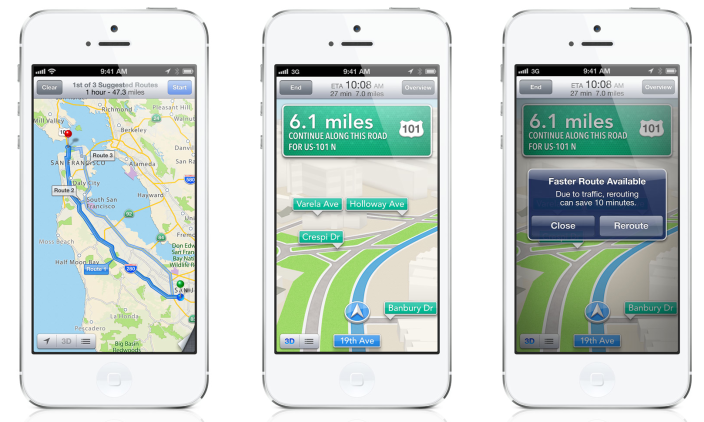 After first being promised in October, then being delayed into November, Apple has finally rolled out iOS 6 Map’s turn-by-turn voice navigation functionality to its users in Australia. Responding to a customer email in September regarding the feature’s availability in Australia, former Apple Senior Vice President of iOS Scott Forstall said that the data needed to be exceptional and qualified before the on switch was flicked.
After first being promised in October, then being delayed into November, Apple has finally rolled out iOS 6 Map’s turn-by-turn voice navigation functionality to its users in Australia. Responding to a customer email in September regarding the feature’s availability in Australia, former Apple Senior Vice President of iOS Scott Forstall said that the data needed to be exceptional and qualified before the on switch was flicked.

